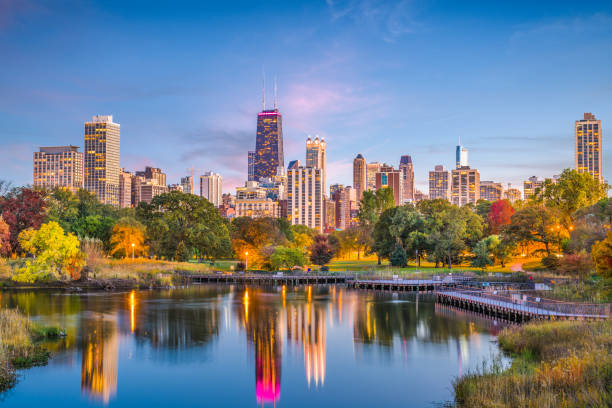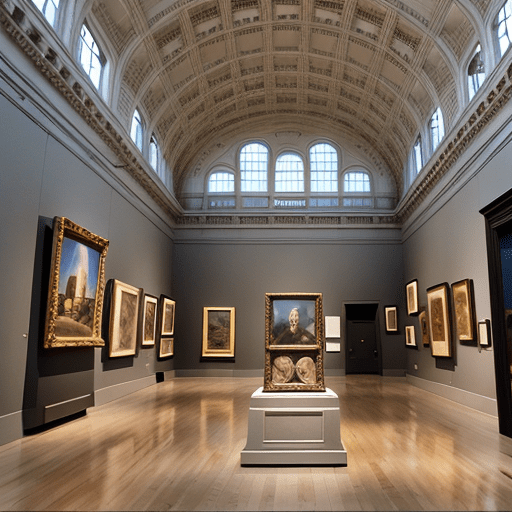Exploring the Marvel of Wacker Drive in Chicago
Wacker Drive in Chicago is not just a street; it’s a three-story pyramid of levels, decks, and tunnels that has become an engineering marvel. This iconic thoroughfare, located in the heart of the city, has captivated locals and visitors alike with its unique design and rich history. In this article, we will take a deep dive into the fascinating world of Wacker Drive, exploring its multi-level structure, hidden gems, and its impact on Chicago’s transportation system.
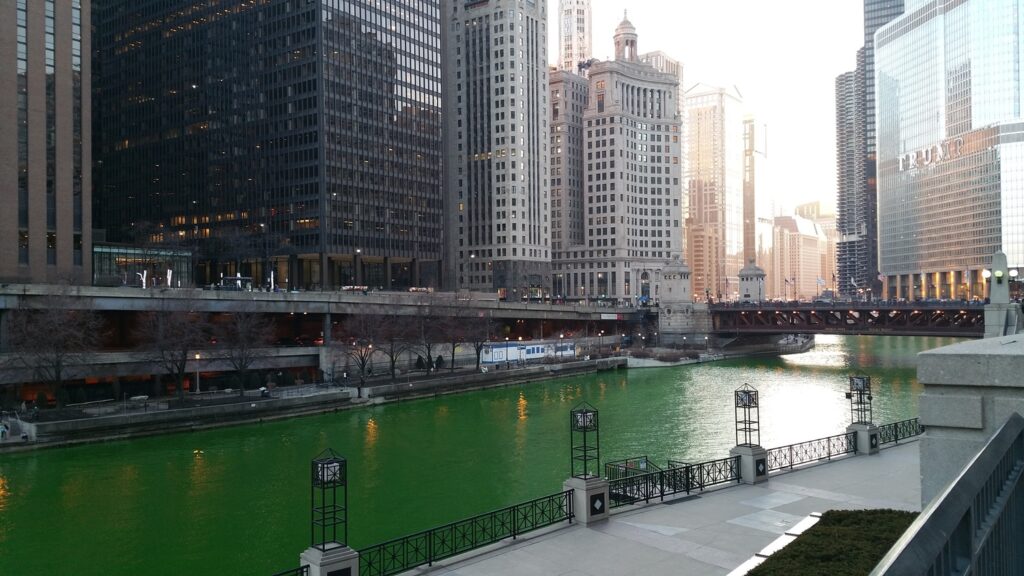
The Multi-Level Wonder
Wacker Drive stretches over two miles, winding its way through the bustling streets of Chicago. What sets it apart from other roads is its multi-level layout. Wacker Drive boasts not one, but three levels of foot and vehicle traffic. The highest level, often referred to as “Upper Wacker,” serves as the main roadway for local traffic. The middle level, known as “Lower Wacker,” accommodates through-traffic and is a vital artery for trucks servicing the buildings along the road. Finally, the lowest level, aptly named “Lower Lower Wacker,” is the shortest of the three and offers a unique perspective of the city’s hidden infrastructure.
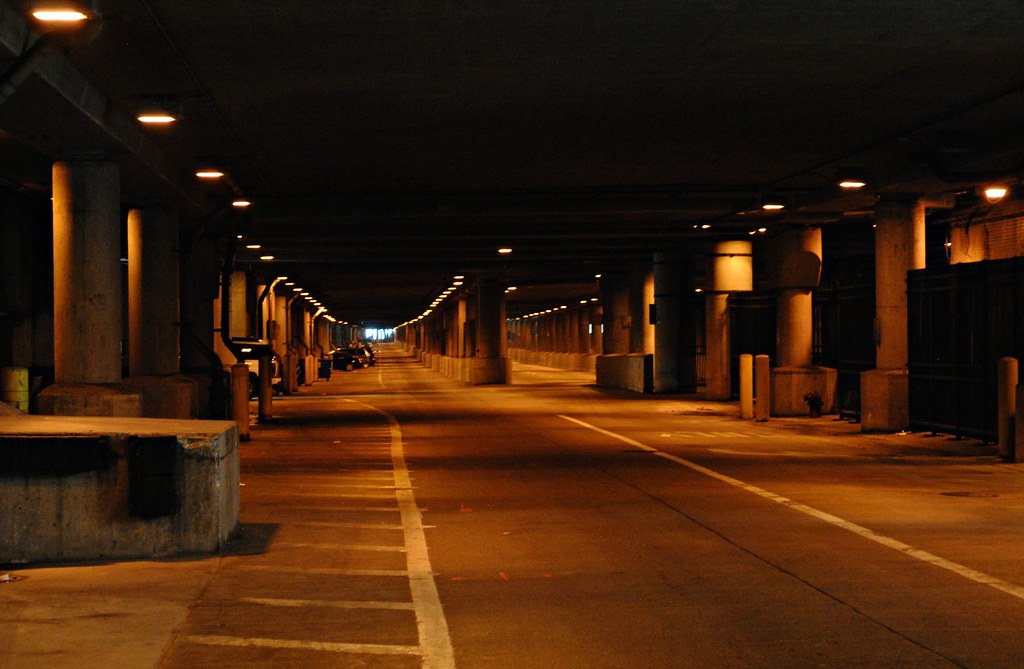
Navigating the Levels
The multi-level nature of Wacker Drive can be perplexing for both drivers and pedestrians. To access the lower levels, one must navigate through the maze-like system of ramps and tunnels. For residents of the New Eastside neighborhood, learning the intricacies of Upper and Lower Columbus’ zig-zag ramps is essential for smooth navigation. Taking the time to explore these routes during quieter periods, such as Sunday mornings, can help residents familiarize themselves with traffic flows and optimize their travel experience.
Unraveling the Hidden Gems
Beyond its architectural prowess, Wacker Drive holds a few surprises that are lesser-known to the casual observer. Let’s delve into some of these hidden gems and intriguing facts that add to the allure of this iconic street.
The City of Impounds
If you find yourself in the unfortunate situation of having your car towed in Chicago, chances are it might end up on Lower Wacker. The City of Chicago Central Auto Pound, responsible for storing impounded vehicles, is conveniently located on Lower Wacker Drive. However, car owners frequently complain about the difficulty of finding the impound lot, adding to the frustration of an already unpleasant experience.
A Shortcut Through Traffic
Navigating rush hour traffic in downtown Chicago can be a daunting task. However, savvy commuters have discovered that Lower Wacker can serve as a secret weapon. While it may not completely eliminate traffic jams, taking the lower level of Wacker Drive can often lead to faster travel times. Lower Wacker provides convenient access to major expressways such as the Kennedy I-90, Eisenhower I-290, and DuSable Lake Shore Drive, depending on the direction of travel.
A Racing Legacy
Lower Lower Wacker Drive has a unique claim to fame – it was once a popular drag racing spot. In the early 2000s, street racers would gather in the depths of Wacker Drive to showcase their high-powered cars and compete head-to-head. These clandestine races attracted enthusiasts from all over the city, creating a vibrant underground racing scene. As residential developments in the New Eastside neighborhood began to take shape, complaints about the noise generated by these races grew louder. Law enforcement responded by increasing patrols in Lower Lower Wacker, ultimately putting an end to the illegal racing activities. To deter future racing, the City of Chicago implemented speed bumps every 30 feet, making the driving experience on Lower Lower Wacker a bit bumpier than usual.
The Evolution of Wacker Drive
To truly appreciate the significance of Wacker Drive, it is essential to explore its history and the transformative changes it has undergone over the years. From its inception as part of a grand urban design plan to its modern-day role as a vital transportation artery, Wacker Drive’s evolution mirrors the growth and development of Chicago itself.
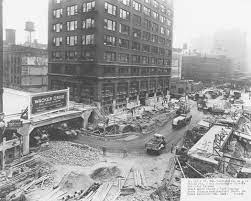
A Vision for Modernization
In the early 20th century, architects Daniel Burnham and Edward H. Bennett were tasked with creating a comprehensive plan for Chicago’s urban development. The Commercial Club of Chicago commissioned this ambitious project, seeking to improve traffic flow and enhance the city’s aesthetic appeal. One of the key recommendations of the plan was the construction of a double-decked roadway along the Chicago River. This innovative concept aimed to alleviate congestion at River Street and Rush Street, two critical crossings that witnessed heavy north-south traffic. Charles H. Wacker, a prominent Chicago businessman and city planner, championed this idea and played a pivotal role in bringing it to fruition.

The Birth of Wacker Drive
The original double-decker road, which replaced South Water and River Streets, was completed in 1926. Named after Charles Wacker, the roadway stretched from Lake Street to Michigan Avenue. It also coincided with the reconstruction of Michigan Avenue into a two-level road. Over the years, Wacker Drive continued to expand, with extensions built to connect it to Congress Parkway and Harrison Street. These extensions replaced Market Street and provided vital links to major expressways, making Wacker Drive an integral part of Chicago’s transportation network.
Modernization and Revitalization
In the early 2000s, Wacker Drive underwent a significant renovation project aimed at modernizing and revitalizing the roadway. The original upper deck was deteriorating, and the entire road needed to meet contemporary standards for width and clearances. The reconstruction project utilized a specially-developed post-tensioned, reinforced, high-performance concrete cast-in-place system. This new road deck was expected to have a lifespan of 75-100 years. The project also focused on enhancing the pedestrian-friendliness of the drive by adding walkways along the river and restoring historic limestone elements. Completed on time and within budget, the project breathed new life into Wacker Drive, ensuring its continued relevance for years to come.

Recognition and Awards
The efforts to revitalize Wacker Drive did not go unnoticed. In April 2014, the American Council of Engineering Companies awarded the Wacker Drive and Congress Parkway Reconstruction project its prestigious Grand Conceptor Award. The project team, led by TranSystems, successfully managed the complex task of keeping traffic flowing through the construction zone while undertaking significant roadway, bridge, and tunnel improvements. This recognition underscored the significance of Wacker Drive as an engineering marvel and a testament to Chicago’s commitment to infrastructure development.
Exploring Wacker Drive Today
Wacker Drive stands as a testament to Chicago’s rich history, engineering prowess, and vibrant urban landscape. Beyond its functional role as a thoroughfare, it has become an iconic symbol of the city. Today, residents and visitors can experience the grandeur of Wacker Drive and its surroundings through a variety of activities and attractions.
Architecture and Skyline Views
Wacker Drive offers stunning views of Chicago’s iconic architecture and impressive skyline. Walking along the riverfront promenade or enjoying a boat tour provides an opportunity to admire the city’s world-renowned buildings, such as the Wrigley Building, the Tribune Tower, and the Trump International Hotel and Tower. The juxtaposition of historical landmarks and modern skyscrapers creates a visually captivating experience that showcases Chicago’s architectural diversity.
Riverwalk and Recreation
The Chicago Riverwalk, which runs parallel to Wacker Drive, has become a popular destination for both locals and tourists alike. This scenic promenade offers a tranquil escape from the bustling city streets, providing opportunities for leisurely strolls, outdoor dining, and recreational activities. Visitors can rent kayaks or take architectural boat tours to explore the river further, immersing themselves in the vibrant atmosphere that surrounds Wacker Drive.
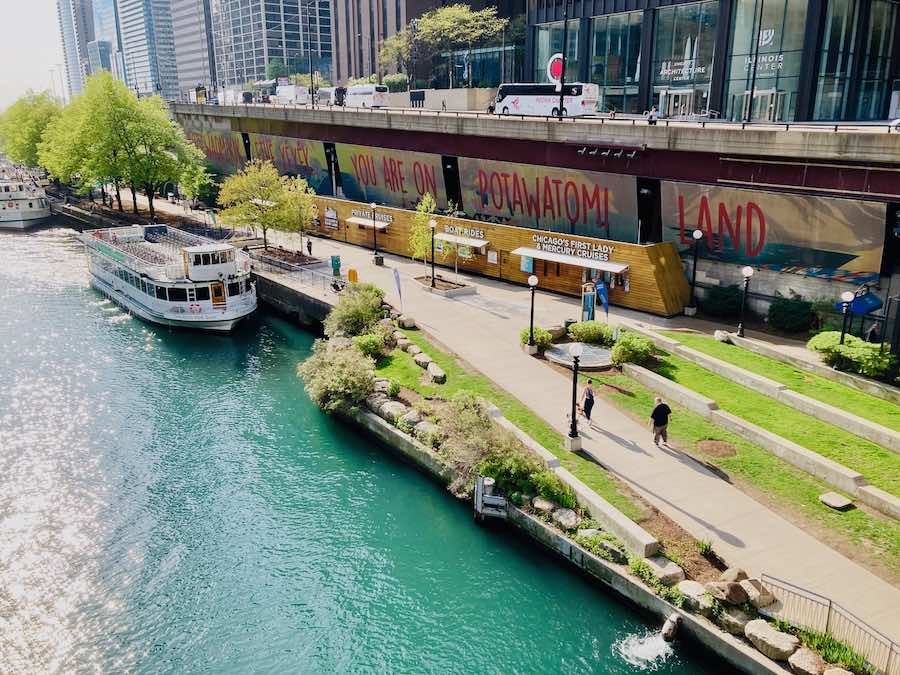
Cultural and Entertainment Hub
Wacker Drive’s central location places it in close proximity to some of Chicago’s most renowned cultural institutions and entertainment venues. The nearby Millennium Park hosts various concerts, festivals, and art exhibitions throughout the year. Just a short walk away, the Art Institute of Chicago houses an extensive collection of artworks, including masterpieces by renowned artists from around the world. The vibrant theater district, located within walking distance of Wacker Drive, offers a multitude of Broadway productions and live performances to cater to diverse cultural tastes.
Wacker Drive stands as a testament to Chicago’s unwavering commitment to innovation and urban development. Its multi-level structure, hidden gems, and rich history make it an integral part of the city’s identity. From its humble beginnings as part of a grand urban design plan to its modern-day status as an engineering marvel, Wacker Drive continues to captivate and inspire. As residents and visitors navigate its winding pathways and explore its surroundings, they become part of the tapestry of Chicago’s vibrant urban landscape. So, the next time you find yourself in the Windy City, be sure to take a stroll or drive along Wacker Drive and experience the unique charm of this iconic street.

